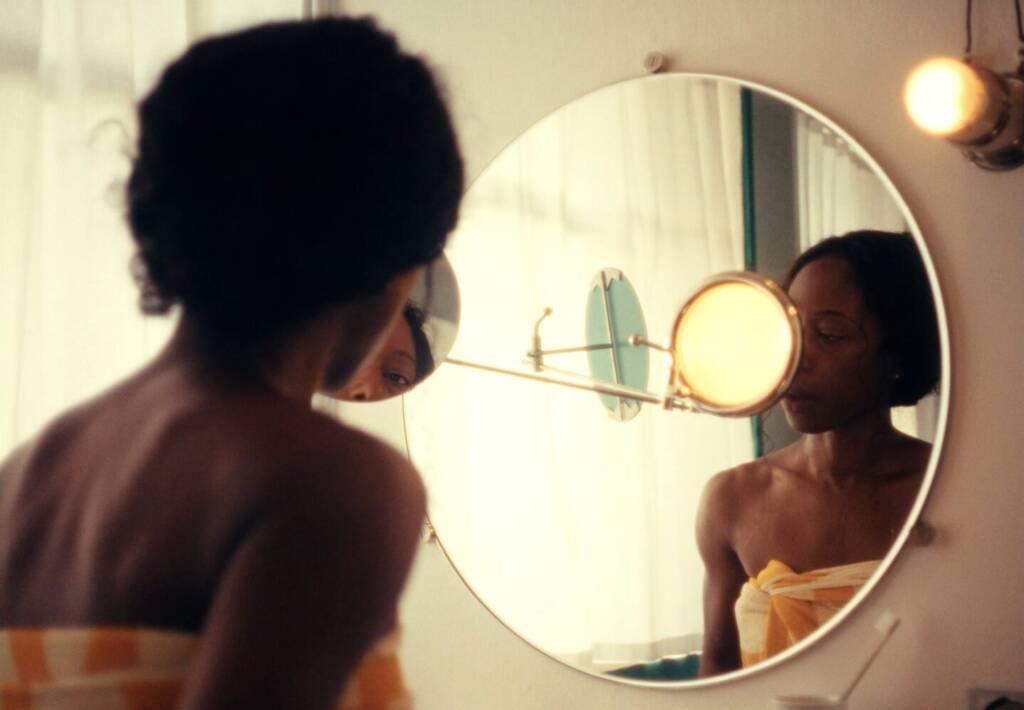
Gerard and Kelly: “E for Eileen”
The Engadine, the high valley in Switzerland that is home to St. Moritz, also houses the literary village of Sils, some of the world’s most interesting small museums and art initiatives, and some of its biggest art collectors. In this ecosystem, a relative newcomer, the St. Moritz Art Film Festival, is taking root, supported by some high-level collectors. The festival opens after Venice’s spectacular film festival, with a different brief, and in what has traditionally been a quiet month in St Moritz where wealthy residents have taken flight and when many of the luxury hotels are closed: a time when it is difficult to achieve traction. LUX Editor-in-Chief, Darius Sanai asks the Festival’s director, Stefano Rabolli Pansera, formerly the director of Hauser & Wirth in St Moritz, about what he hopes to achieve with this bijou concept.
LUX: Why is this different to any other film festival, and how?
Stafano Rabolli Pansera: The St. Moritz Art Film Festival is defined by the following four distinctive elements:
1. The festival takes place in the newly reopened Cinema Scala in the centre of St. Moritz, surrounded by the nature of the Engadine Valley. The Engadine marks the hinge between North and South of Europe: it is located at the centre of the continent, yet it feels detached from it, thus providing a critical distance to our timely issues.
2. As the name of the Art Film Festival highlights, the programme connects tradition and innovation as it lies at the intersection of arthouse cinema, video art and commercial cinematographic productions. Therefore, the scale of the festival remains intimate and exclusive, but also invites a broader audience to attend and participate in the different offerings.
Follow LUX on Instagram: @luxthemagazine
3. A cultural event with a significant territorial impact. The festival is a spatial happening: it is an event that attracts new audiences to the Engadine, it extends the tourist season by operating as some sort of territorial catalyst. St. Moritz Art Film Festival wants to be a one-of-a-kind festival, leading the path to sustainable cultural tourism in one of the most beautiful valleys, the Engadine. The festival’s unique landscape and surroundings invite to a responsible and sustainable use of the Valley’s resources and facilities.
4. The festival is curated as an exhibition of video art. A yearly curatorial theme is carefully chosen as the common thread of the programme of screenings, conversations, and collateral events during the year. The outcome is a coherent development of a strong annual theme, that triggers factual, philosophical and cultural debates, leaving a strong impression on the audience. The life of festival unravels throughout the years with a coherent development of different themes that are related to each other and create some sort of narrative.
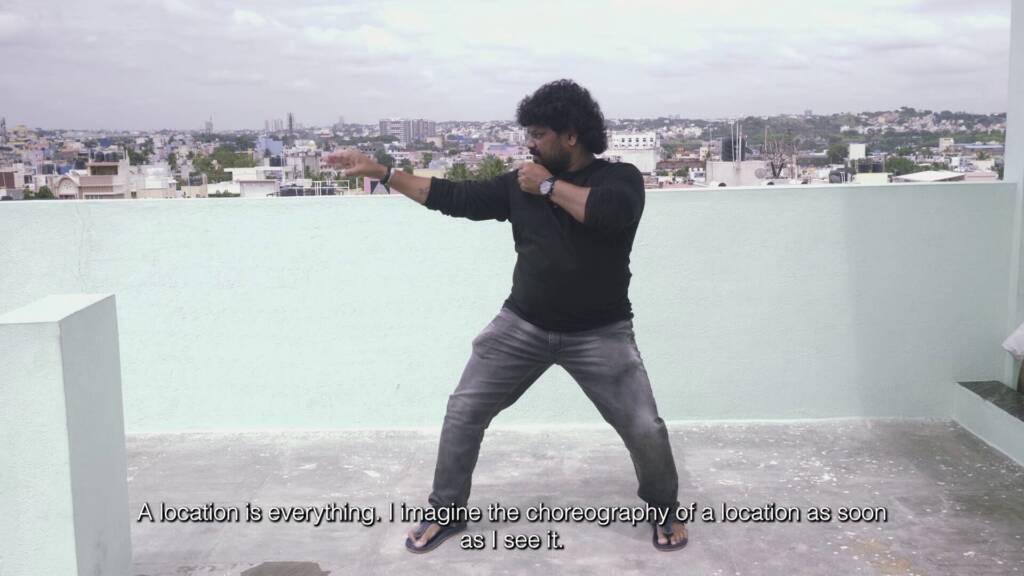
Amshu Chukki: “Different Danny”
LUX: How has the art scene in St Moritz developed recently?
SRP: The Engadine has always been a source of inspiration for artists and thinkers: from Nietzsche to Gerhard Richter, from Alfred Hitchcock to Claudio Abbado. In recent years, thanks to extraordinary gallerists such as Bruno Bischofberger, Carsten Greeve and Hauser & Wirth, amongst many others, and thanks to enlightened collectors, the Engadine has become a unique context for exhibiting and divulging art.
Initiatives such as Muzeum Susch, Proyectoamil, and Engadine Art Talk, the Engadin has been transformed into an active centre of artistic production and a laboratory of ideas. The main differences with the past are the expansion of the cultural scene beyond St. Moritz into the entire Engadine valley and the emergence of an organised network of institutions that provide a constant cultural programme beyond the seasonal affluence of tourists.

Robert Cahen: “Juste le temps”
LUX: What is your main aim for the festival?
SRP: The aim of the St. Moritz Art Film festival is to reinforce its position as a leading cultural force in the international landscape of cinema and video art by offering a platform for sophisticated films and unique videos and for developing a consistent curatorial and philosophical discourse.
The St. Moritz Art Film Festival will always be an exclusive Festival: it is going to find a position in the circles of Video art and films d’essai. Yet, we aim to enlarge the audience and to attract famous and inspiring personalities from the world of Cinema and Video Art.
Read more: Art collector Andrea Morante talks on artist Sassan Behnam-Bakhtiar
Furthermore, we are building a year-long programme of events, in order to maintain the interest for experimental films alive. We are aware of the impact of the Festival in the local scene and we hope to be able to generate a robust economy by attracting international audiences and by employing a larger number of people for different programmes and for a longer period.
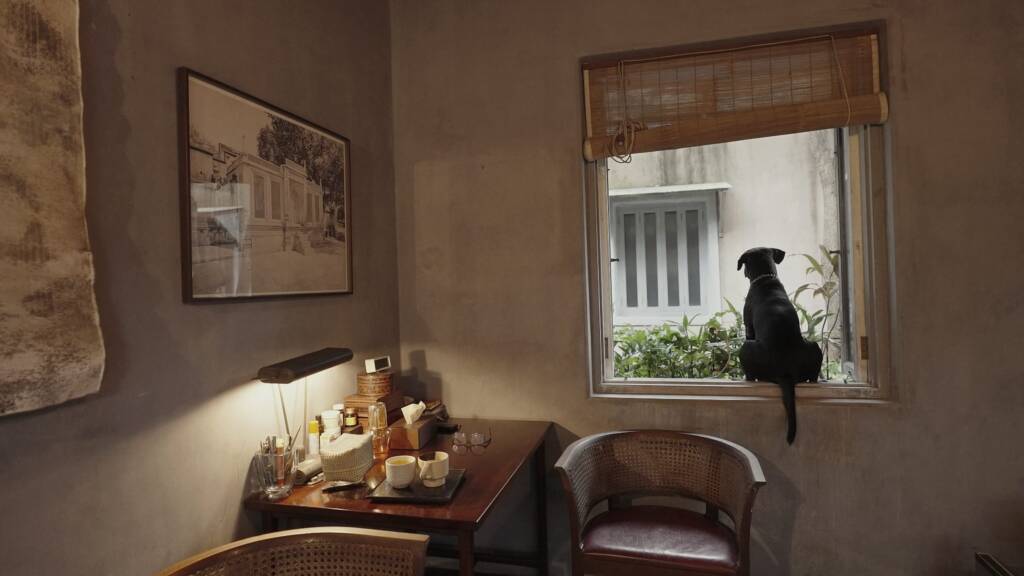
Ila Beka Lemoine: “The Sense of Tuning Stills”
LUX: What are the most interesting elements in this year’s festival?
SRP: The annual theme of the third year is “Meanwhile Histories” and it questions the notion of time which is commonly associated with history, a linear succession of one event after another. But time is an overlapping of multiple experiences that occur simultaneously. There are always multiple sides to events and occurrences.
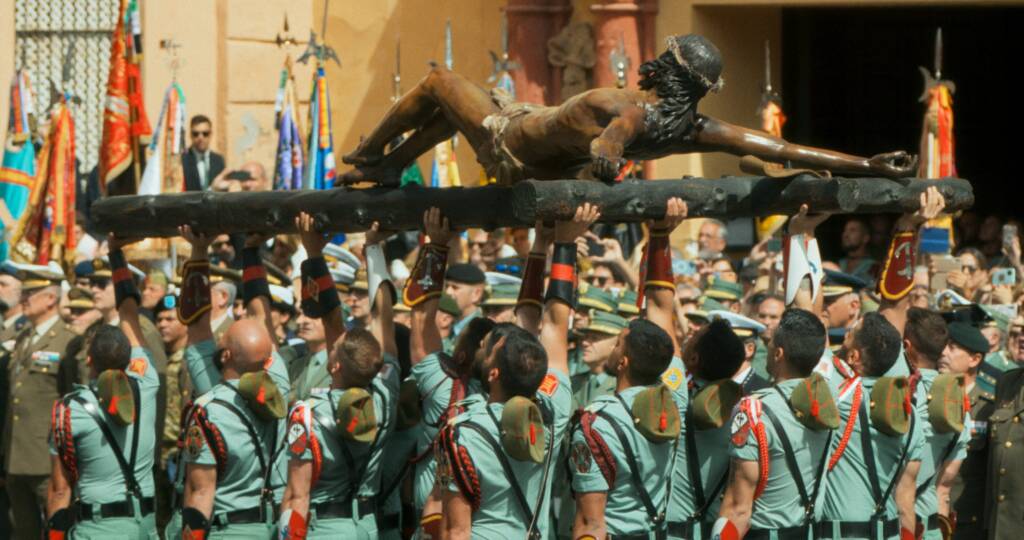
Young jun Tak: “Love your clean feet on thursday”
However, the dominant historical perspective often cancels the multiplicity in favour of a linear understanding of events. What remains is always set by the main narrative, which can shape and control how history is remembered, what is neglected and silenced, and crucially, what history is passed to future generations.
Read more: The Richard Mille Art Prize at the Louvre Abu Dhabi
To approach minor or forgotten histories, perhaps it would be helpful to think of alternative temporalities in terms of “meanwhile”. When we read the dominant history, we must think about what else was happening “meanwhile”.
“Meanwhile Histories” challenges the dominant narratives that have shaped our understanding of history.
The collectors say:
Gerd Schepers is a Swiss art collector and one of the supporters of the festival. “It’s brilliant that Stefano is bringing this kind of content to the Engadin and the program definitely opens up a fresh perspective in a traditional commercial space with lots of untold stories.”
Aleksandra Pusnik, collector and supporter of thefestival: “The village of St. Moritz per se has always been a special place. On the surface, it carries a connotation of a place of ultimate luxury, only reached by the rich and famous. The Art Film Festival, with its choice of films, taps into the layers below this surface, only to discover the depth of the messages which get sent to the viewers, which in return addresses the masses, all of us, the planet. As the festival closes each year, I feel enriched by these messages as well as pensive about their content.”
The festival will take place from the 12th to the 15th of September 2024.
Find out more: smaff.org
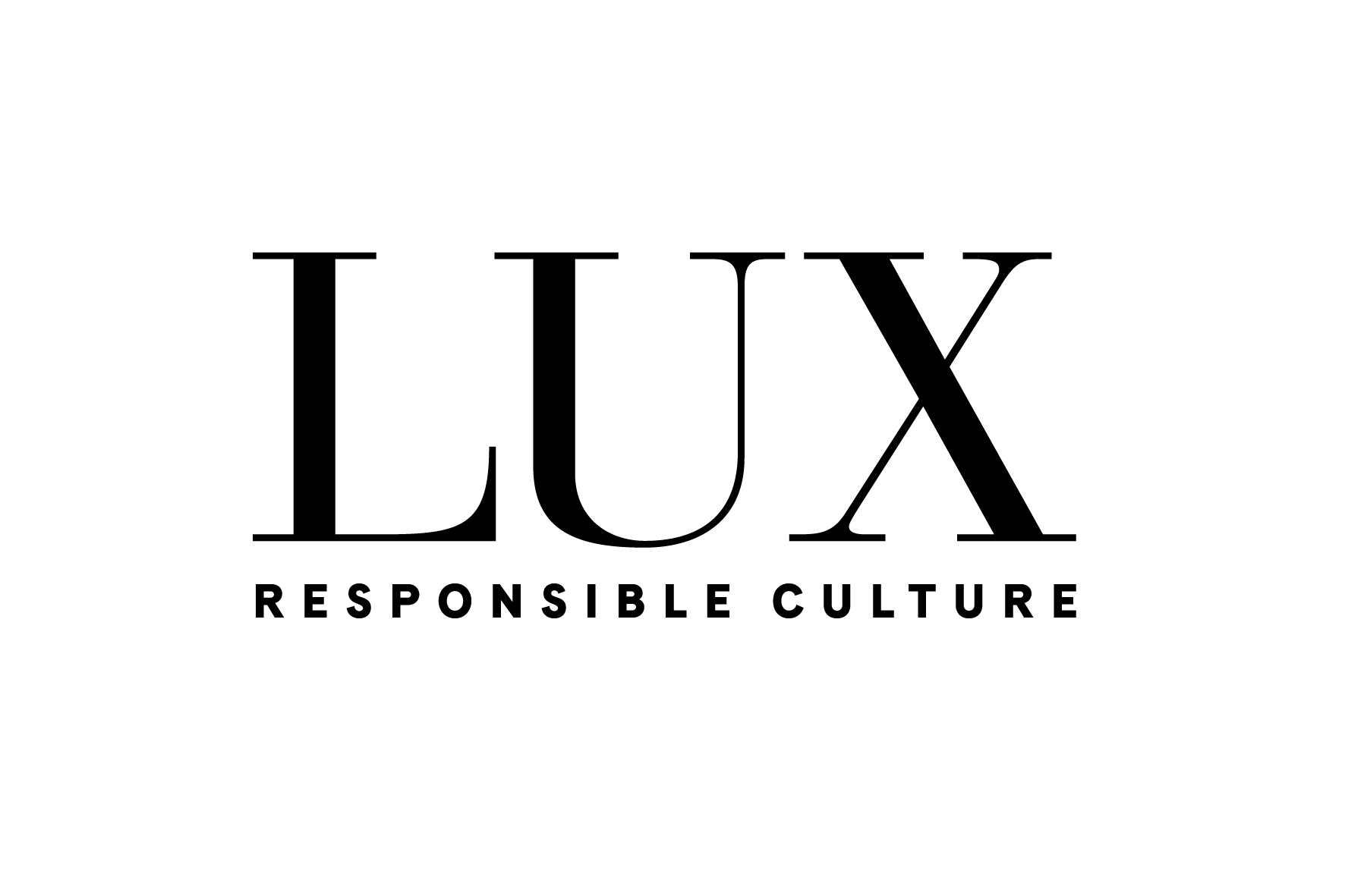
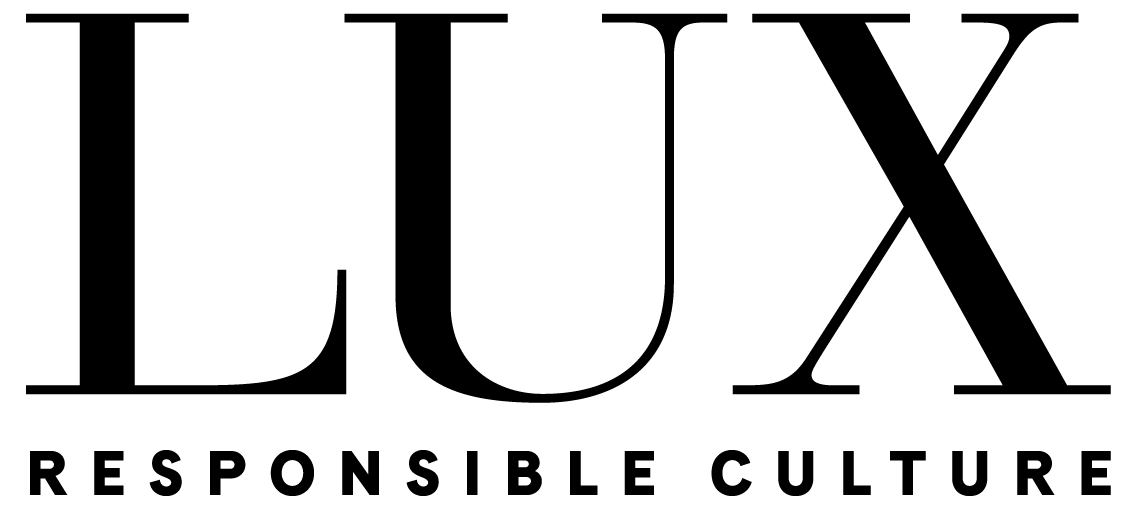

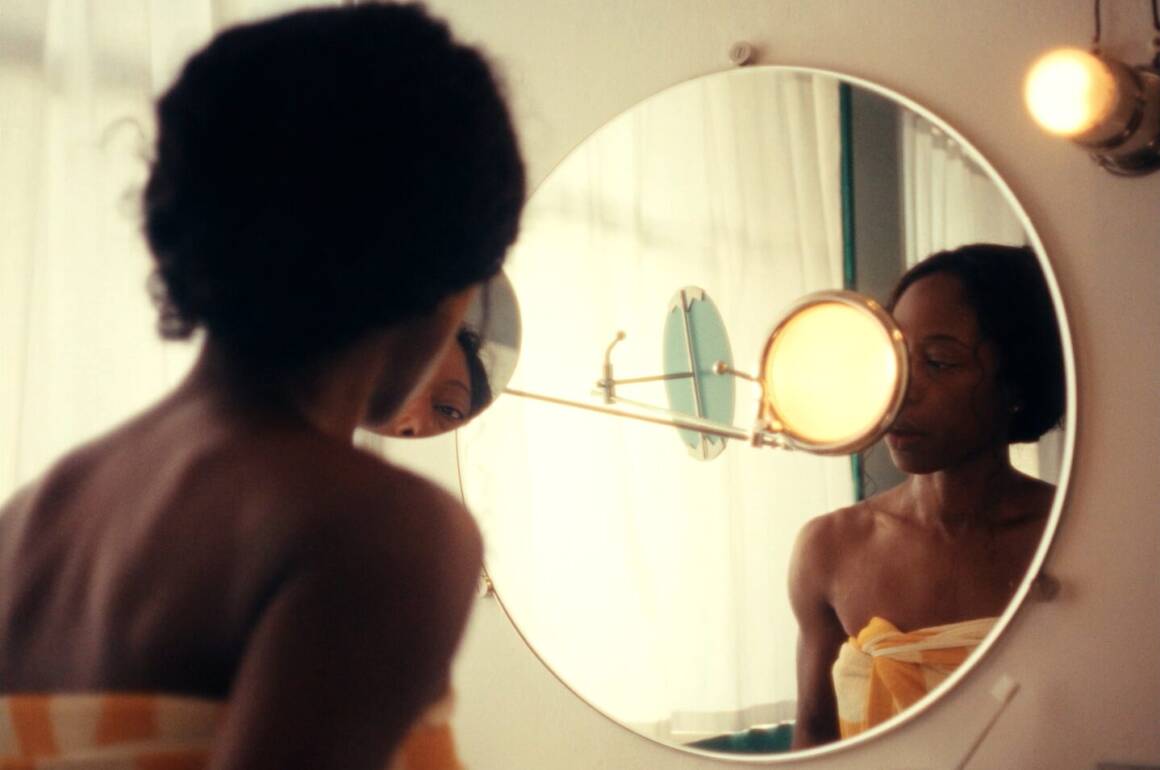




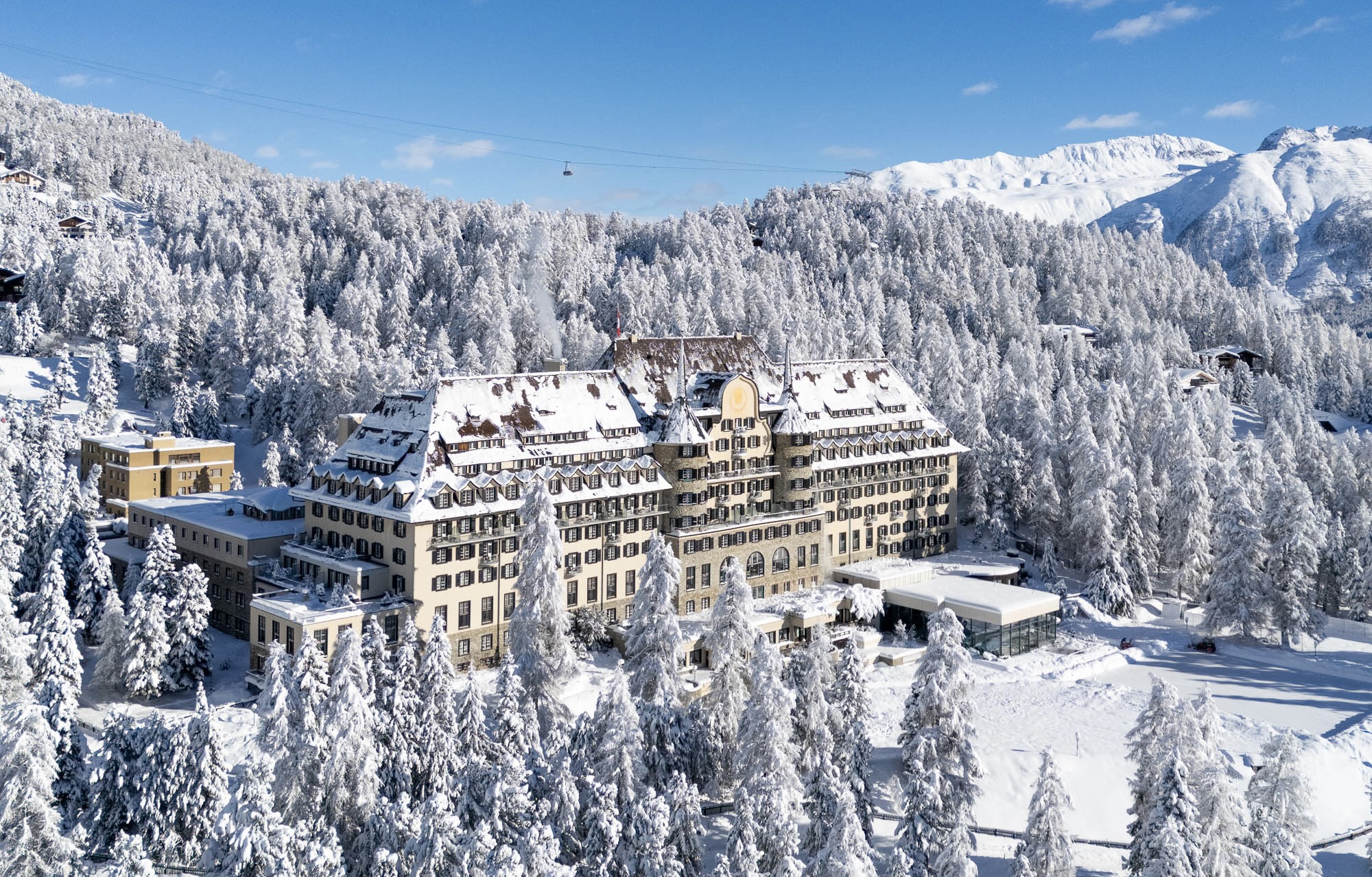
Recent Comments